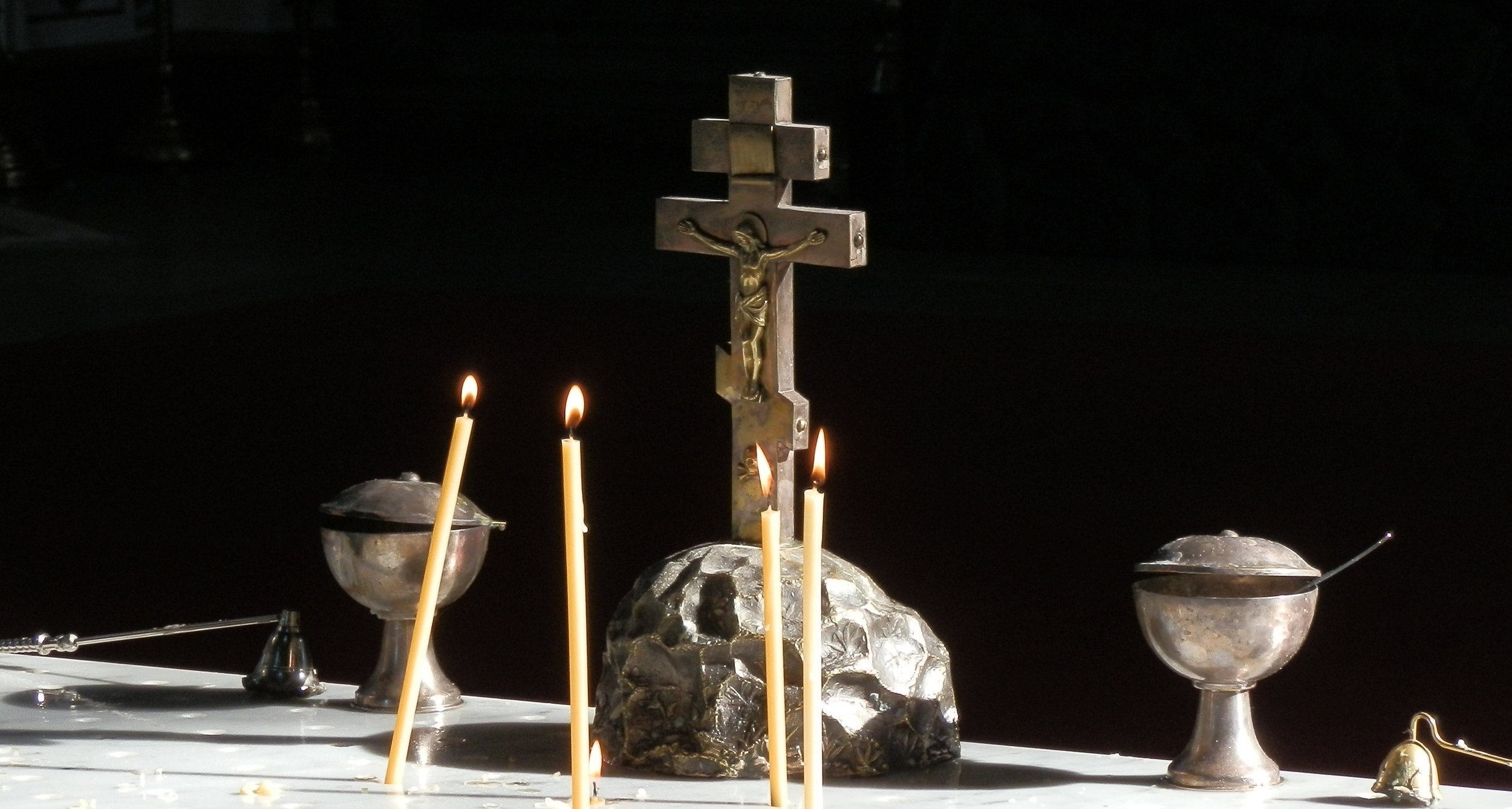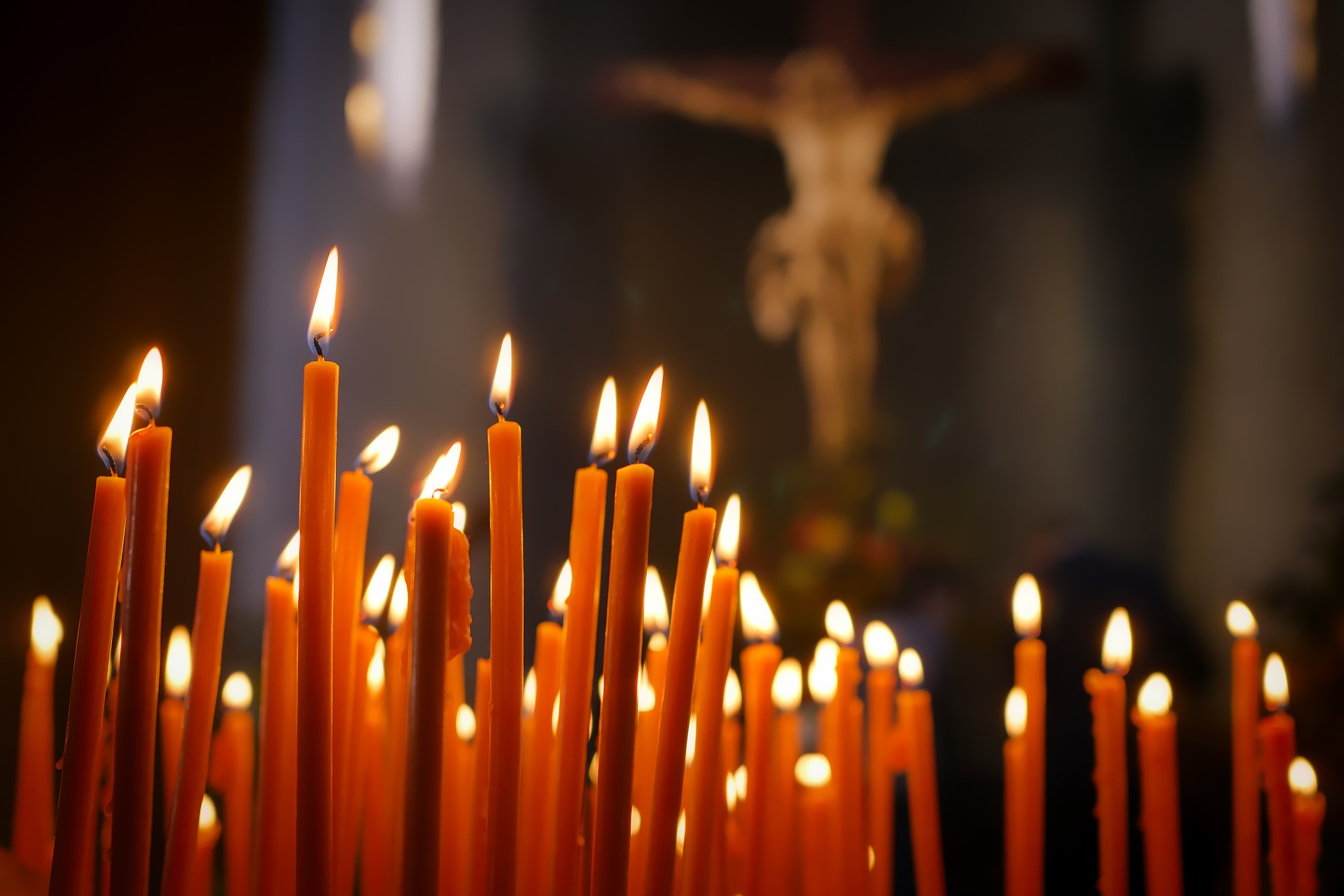Healing Atonement
Gregory of Neocaesarea (c.213 - 270 AD)
An old clay oil lamp from Nazareth, Israel. Photo credit: Olivia Armstrong.
Messages and Essays on Gregory (Thaumaturgos “Wonderworker”) of Neocaesarea
Penal Substitution vs. Medical Substitution: A Historical Comparison An analysis of the atonement theology ("medical substitution") of early church theologians, including Ignatius of Antioch, Irenaeus of Lyons, the Odes of Solomon, Justin Martyr of Rome, Melito of Sardis, Tertullian of Carthage, Methodius of Olympus, Athanasius of Alexandria (paper in progress to include later theologians, bishops, and councils)
The Writings of Gregory of Neocaesarea
Gregory of Neocaesarea, Twelve Topics on Faith, Topic 12 cites Romans 8:3, and says:
“How could one say that Christ was manifested only in semblance in the world, born as He was in Bethlehem [Luke 2:1 - 7], and made to submit to the circumcising of the flesh, and lifted up by Simeon [Luke 2:21 - 34], and brought up on to His twelfth year (at home), and made subject to His parents [Luke 2:41 - 52], and baptized in Jordan, and nailed to the cross, and raised again from the dead?
Wherefore, when it is said that He was troubled in spirit, that He was sorrowful in soul [Matthew 26:38] that He was wounded in body [Isaiah 53:5] He places before us designations of susceptibilities proper to our constitution, in order to show that He was made man in the world, and had His conversation with men, [Baruch 3:38] yet without sin {Hebrews 4:15]. For He was born in Bethlehem according to the flesh, in a manner meet for Deity, the angels of heaven recognising Him as their Lord, and hymning as their God Him who was then wrapped in swaddling-clothes in a manger, and exclaiming, Glory to God in the highest, and on earth peace, good-will among men [Luke 2:14]. He was brought up in Nazareth; but in divine fashion He sat among the doctors, and astonished them by a wisdom beyond His years, in respect of the capacities of His bodily life, as is recorded in the Gospel narrative [Luke 2:41 - 52]. He was baptized in Jordan [Luke 3:21 - 22], not as receiving any sanctification for Himself, but as gifting a participation in sanctification to others. He was tempted in the wilderness [Luke 4:1 - 13], not as giving way, however, to temptation, but as putting our temptations before Himself on the challenge of the tempter, in order to show the powerlessness of the tempter.
Wherefore He says, Be of good cheer, I have overcome the world [John 16:33]. And this He said, not as holding before us any contest proper only to a God, but as showing our own flesh in its capacity to overcome suffering, and death, and corruption, in order that, as sin entered into the world by flesh, and death came to reign by sin over all men [Romans 5:12 - 21], the sin in the flesh might also be condemned through the selfsame flesh in the likeness thereof [Romans 8:3; Philippians 2:6]; and that that overseer of sin, the tempter, might be overcome, and death be cast down from its sovereignty, and the corruption in the burying of the body be done away, and the first-fruits of the resurrection be shown, and the principle of righteousness begin its course in the world through faith, and the kingdom of heaven be preached to men, and fellowship be established between God and men.”
Other Resources on Gregory of Neocaesarea
Ben Myers, Ancient Christianity and Non-Violent Atonement (Inverse Podcast, May 11, 2021) at the 33 minute mark, Myers cites Origen’s commentaries on Leviticus; Origen views sacrifices as joyful and celebratory. Gregory of Neocaesarea was trained by Origen.
Sources of Atonement Theology
These resources explore the foundation of “Medical Substitution” as the best understanding of the Bible, and the original understanding of the church. There are also links to books, web articles, etc. from representatives of the three broad Christian traditions.





